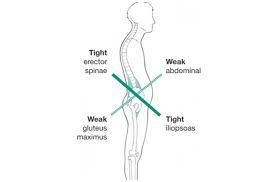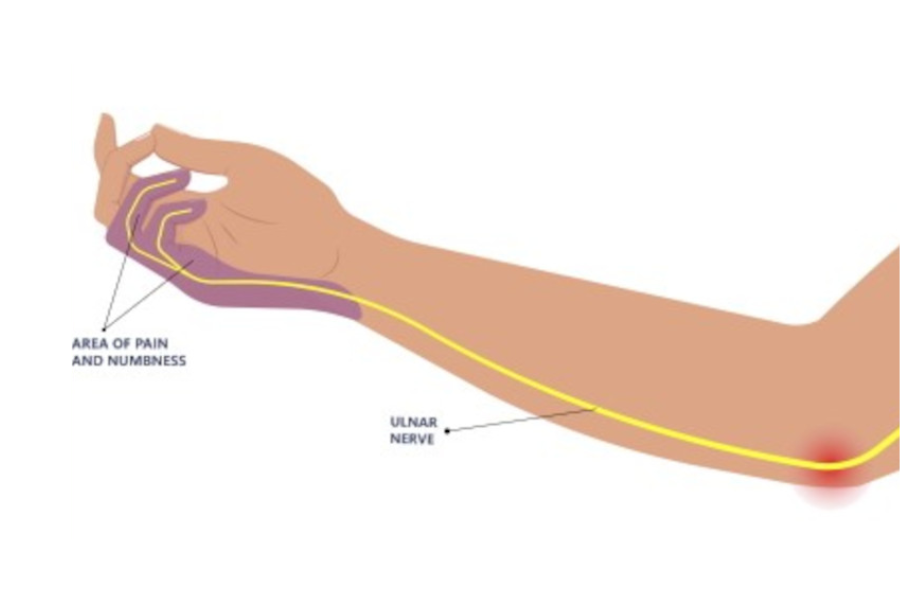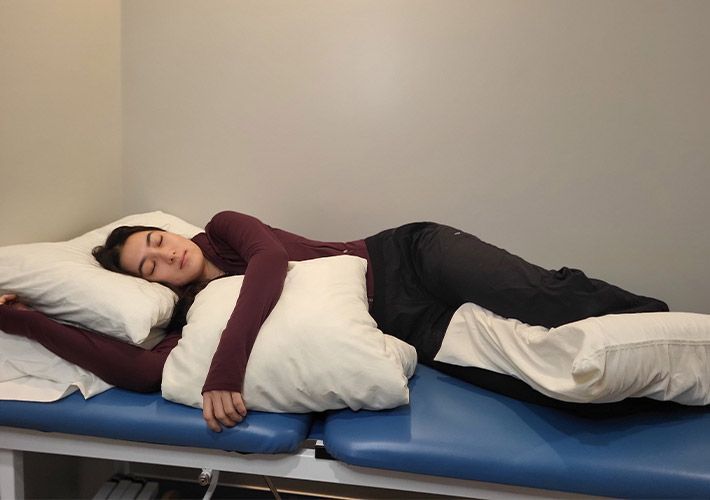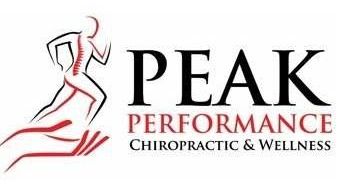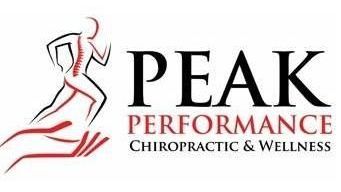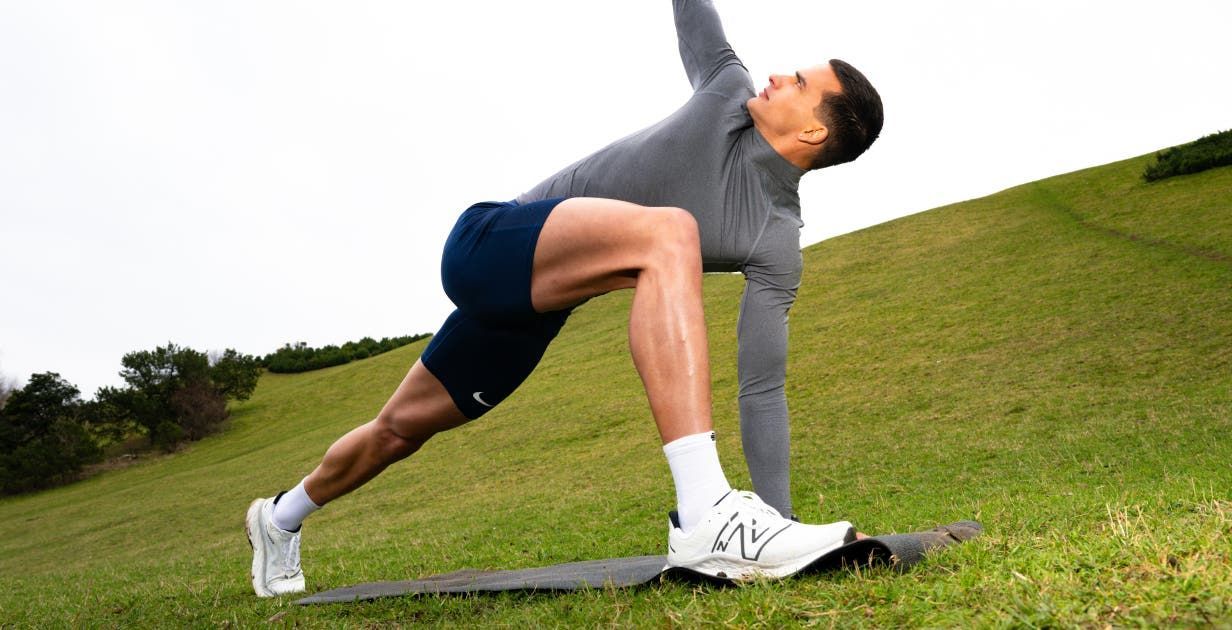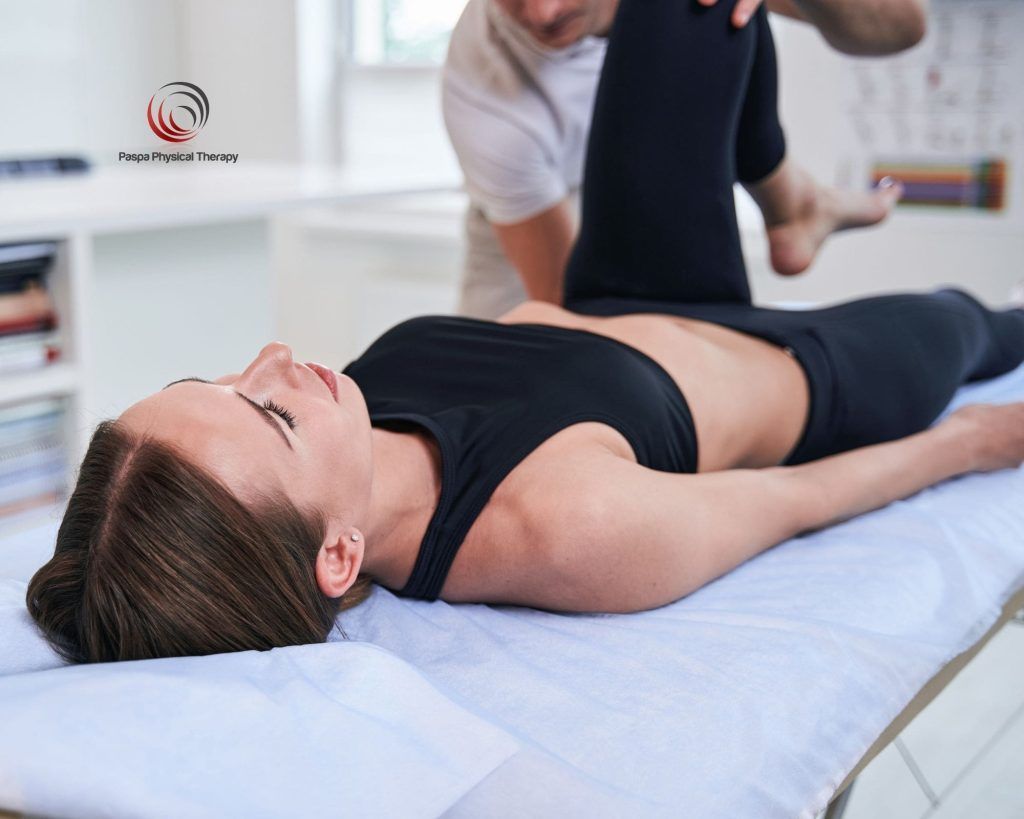Decompression Therapy AKA ‘The Chair’
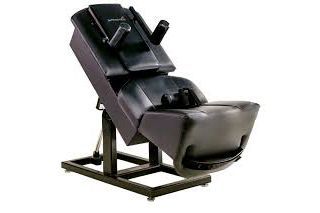
Several times a day, I answer the phone to people asking to book appointments for ‘the chair.’ Teetering on sounding like a medieval torture device, the nickname refers to our Back-on-Trac Decompression Chair, and trust us, it’s anything but that! Our beloved Back-on-Trac has earned its popularity thanks to the incredible benefits of decompression therapy, and once you try it, you’ll see why it’s become such a game-changer for so many.
What is Decompression Therapy?
Decompression therapy is a non-surgical treatment for back and neck pain. The Back-on-Trac chair provides a gentle stretch that relieves pressure in the spine, helping alleviate pain caused by compressed discs or pinched nerves. This pressure can come from a variety of factors, including injury, overuse, poor posture, or even just the effects of aging. Decompression therapy targets the root cause of the issue by gradually stretching the spine to create more space between the vertebrae, giving those compressed nerves and discs a chance to heal.
It’s important to understand that decompression therapy isn’t about extreme stretching or forceful manipulation; it’s about gently stretching and creating space in a controlled, consistent manner that allows the spine to heal. Think of it like gently stretching a rubber band to its ideal form instead of yanking it to the breaking point.
How Does the Back-on-Trac Chair Work?
The Back-on-Trac chair works by providing targeted, non-invasive decompression for the spine. You sit comfortably in the chair, with straps securing your body in place, and the chair uses a controlled mechanism to gently stretch your spine. Over time, this helps to decompress the discs in your back and neck, which can reduce pressure on nerves, increase blood flow, and promote healing.
The beauty of the Back-on-Trac chair is in its precision. Unlike traditional treatments where manual adjustments or more invasive procedures are required, the Back-on-Trac offers a more hands-off approach. It applies a gentle force to the spine, relieving the pressure that causes discomfort, and it’s specifically designed to target the lumbar (lower back) and cervical (neck) regions, where most of the pain caused by compression originates.
One of the key benefits of decompression therapy with the Back-on-Trac chair is its ability to help restore hydration and nutrients to the spinal discs. These discs, which act as shock absorbers between the vertebrae, can become dehydrated or damaged over time. By creating more space between the discs, the chair helps improve their ability to heal and regenerate, potentially providing long-term relief.
Who Can Benefit from Decompression Therapy?
Decompression therapy can be incredibly effective for people dealing with various types of spinal pain, particularly those related to disc issues. Here are some of the conditions that can benefit from decompression therapy:
Herniated or Bulging Discs
If you’ve ever experienced a herniated or bulging disc, you know how painful and limiting it can be. These conditions occur when the discs in your spine slip out of place or get damaged, putting pressure on nearby nerves. The Back-on-Trac chair’s gentle decompression can help reduce that pressure, potentially providing relief from pain, tingling, and numbness.
Sciatica
Sciatica occurs when the sciatic nerve, which runs from your lower back down to your legs, is compressed. This can cause pain, numbness, or weakness in the lower back, buttocks, or legs. Decompression therapy can help alleviate the pressure on the sciatic nerve, providing much-needed relief.
Degenerative Disc Disease
As we age, the discs in our spine can naturally lose their ability to absorb shock, leading to conditions like degenerative disc disease. Decompression therapy can help reduce the strain on these discs and promote healing, allowing for less discomfort and more mobility.
Spinal Stenosis
Spinal stenosis happens when the spaces within the spine narrow, putting pressure on the spinal cord and nerves. This can lead to pain, numbness, or weakness in the back, legs, and arms. By gently stretching the spine, decompression therapy can help open up those spaces, relieving pressure on the nerves and reducing symptoms.
General Back and Neck Pain
Even if you don’t have a specific diagnosis like the ones listed above, decompression therapy can be beneficial for anyone dealing with general back or neck pain. Whether it’s from poor posture, overuse, or just the daily wear and tear of life, the Back-on-Trac chair can help relieve pressure on the spine, making it a valuable tool in treating everyday aches and pains.
The Benefits of Using the Back-on-Trac Chair
The Back-on-Trac chair offers a wide range of benefits that go beyond just pain relief. Here are some of the key advantages:
Non-Invasive
One of the biggest selling points of decompression therapy is that it’s non-invasive. Unlike surgeries or injections, decompression therapy doesn’t involve any cutting, needles, or recovery time. It’s a simple, hands-off solution that allows you to sit back and relax while your spine gets the treatment it needs.
Drug-Free Relief
If you’re someone who prefers to avoid relying on pain medications, decompression therapy is a great alternative. It helps to alleviate pain without the need for drugs, reducing the risk of side effects or dependency.
Improved Mobility
By relieving pressure on the discs and nerves, decompression therapy can also help improve mobility. When you’re not dealing with constant pain, it’s easier to move freely, which can improve your quality of life and make daily activities more comfortable.
Long-Term Results
While decompression therapy may provide immediate relief, the benefits can also extend over time. By helping to restore the health of your discs and spine, decompression therapy can contribute to long-term spinal health, reducing the chances of future pain or injury.
Before You Get Started: Making Your Appointment
We’re excited to offer the Back-on-Trac chair at both of our locations, but before you can experience the wonders of decompression therapy, you’ll need to make an appointment with one of our chiropractors. The first visit is essential because our chiropractor will assess your condition and ensure that decompression therapy is the right treatment for you. This is important to make sure you get the most effective and safe care possible.
Once your chiropractor has cleared you for decompression therapy, you’ll be all set to book your appointment and start experiencing the benefits of the Back-on-Trac chair!
Conclusion
Decompression therapy with the Back-on-Trac chair is an effective, non-invasive, and drug-free way to alleviate back and neck pain. Whether you’re dealing with a specific condition like a herniated disc or just general discomfort, the gentle stretching provided by the chair can help reduce pressure on your spine, promote healing, and restore mobility. With the Back-on-Trac chairs available at both of our locations, relief is just an appointment away. Don’t forget to schedule your initial visit with one of our chiropractors before trying the chair for the first time—we’re here to ensure you get the best possible care for your spine!
Ready to take the next step in your journey to a pain-free life? Contact us today to make your appointment!
Bethany Wolcott
D’Youville Chiropractic ‘26


